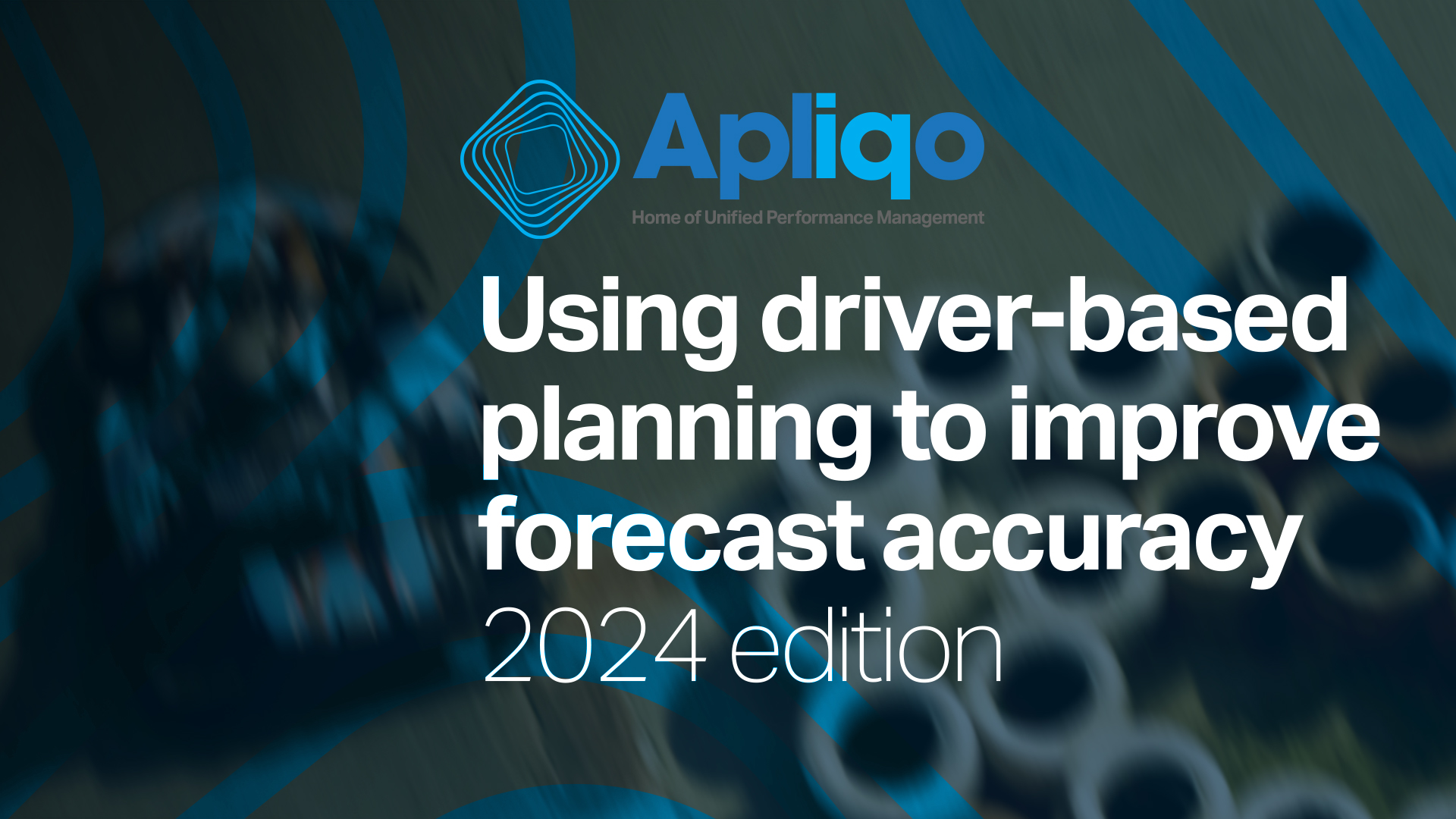“Corporate budgeting is a joke, and everyone knows it,” the business magazine wrote in 2001. The polarizing article generated an enormous reaction. However, little has changed since then. To this day, planning is perhaps the greatest challenge that companies face. In a two-part blog series, we reveal how companies can make their planning processes more efficient by applying more modern methods.
Part 1 – The Unified Performance Management Approach
While potential solutions for overcoming corporate planning frustrations are the subject of lively debate, there is a general consensus as to the causes of the problem: Planning takes up too much time, ties up too many resources and data quickly becomes obsolete. The consequence: Most companies are not satisfied with their own planning processes. So, it’s high time to brighten the mood in finance departments.
We are dedicating the first part of our blog series to a method that is better able than any other of combining all relevant business segments in a comprehensive planning system: unified performance management, or UPM. This model consists of strategic planning, medium-term planning, budgeting and forecasting. Essentially, UPM is implemented by the following five steps:
- Strategic planning: First, a business model is developed in consideration of the corporate strategy. It must comprise the key value drivers discussed in the section above.
- Performance measurement: In this step, the relevant key performance indicators (KPIs) are defined to measure how successfully the company is pursuing its objectives. Note: KPIs should be defined which provide the best insight into daily business. Unfortunately, these KPIs are not always the easiest ones to measure. Selecting the wrong KPIs is one of the most common mistakes companies make when it comes to measuring their performance.
- Business analytics and modeling: Next, a company uses the data obtained in step 2 in order to analyze its own performance. The aim here is to establish a solid knowledge base so that well-founded decisions can be made later. In the age of big data, many companies have collected a vast amount of different data. This can represent both an opportunity and a risk. Companies that can positively leverage this data volume have a competitive advantage.
- Measuring performance: Now for the tricky part… The insight gained into the company’s performance must be integrated into management reports and dashboards to derive an action plan. Performance measurement and analyses are only meaningful if the necessary conclusions are drawn and changes are made.
- Corporate culture: The deciding factor for achieving positive results in the implementation of efficient planning processes is the direct involvement of the employees who are immediately impacted by the changes. This is a question of corporate culture. It is the job of management to mend any potential rift between the upper echelon and employees at the front line.
Do you want to know more about Unified Performance Management?
Download our White Paper here:
Unified Performance Management (UPM) as a way to unleash value and drive better outcomes







